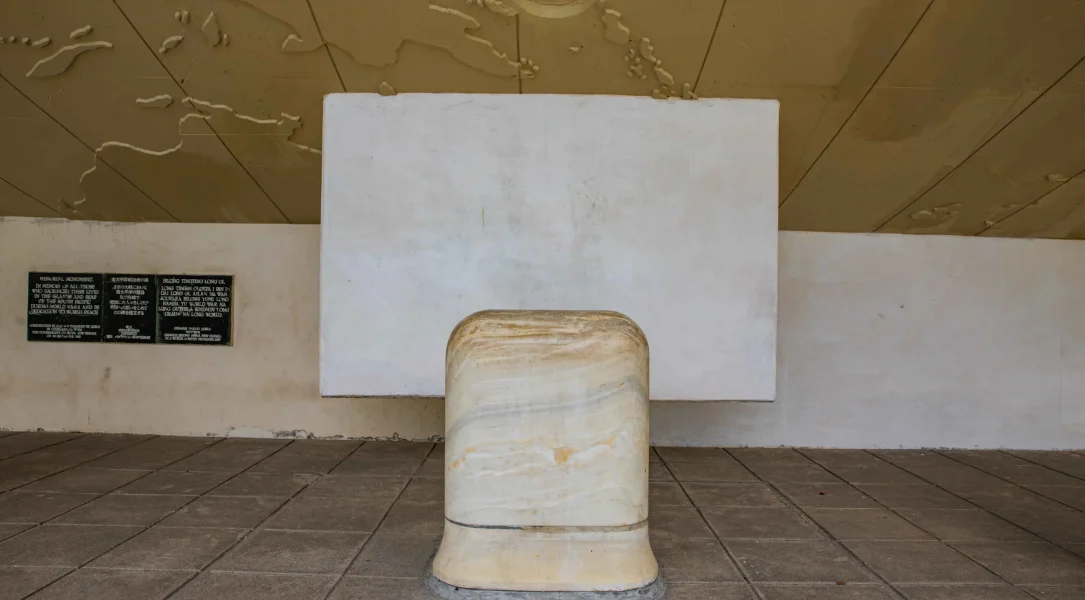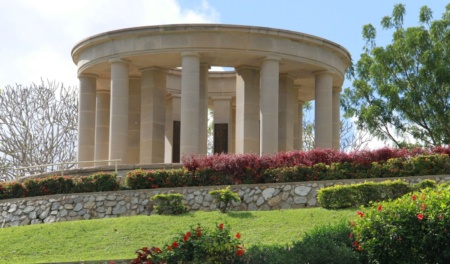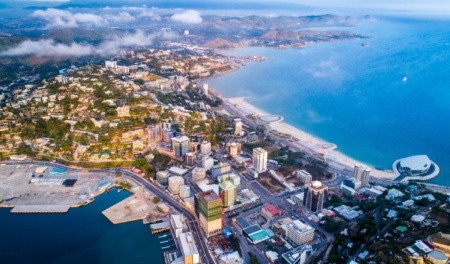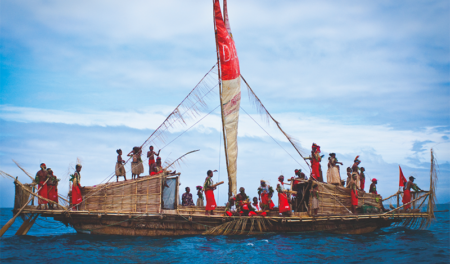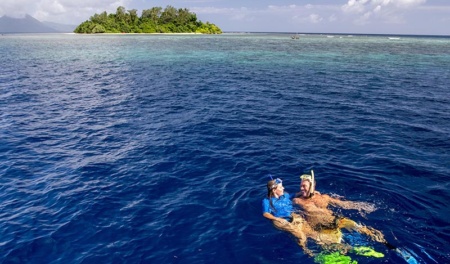A round-up list of historical locations, in East New Britain, that are guaranteed to intrigue history enthusiasts.
East New Britain (ENB) has a rich traditional culture, and an intriguing history featuring war memorials, landmarks and memories of a bygone era when imperialism once stretched its massive hand across this province.
Once the thriving capital of Kaiser-Wilhelmsland – as it was fondly known during its protectorate days under German colonial rule, 1884 to 1920 – the British empire took over after the first great war, renaming the territory to East New Britain. The English name has proudly remained, even after Papua New Guinea’s independence in 1975.
Very few destinations offer a rich array of historical experiences like East New Britain, this province is a living time capsule – offering incredible tours that will intrigue any history enthusiast.
Here are five recommended historical sites in East New Britain that you should visit:
1. BITA PAKA WAR CEMETERY
Bita Paka is a War Cemetery that contains the graves of Australian soldiers who lost their lives during the operations in New Britain and New Ireland, or who died in the area while prisoners of war, which were brought into the cemetery from isolated sites, from temporary military cemeteries and from camp burial grounds during WWII.
Laid out in a well-kept field, nestled in the natural canopy of gigantic rainforest’s trees, the War Cemetery provides an over-whelming sense of peace and tranquillity to anyone who visits.
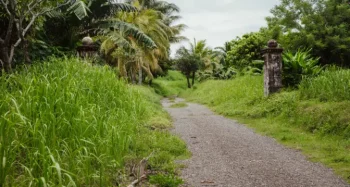
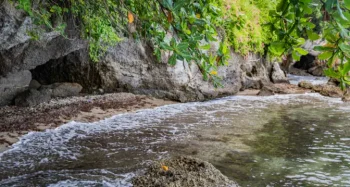
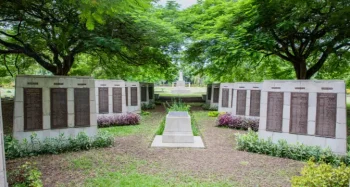
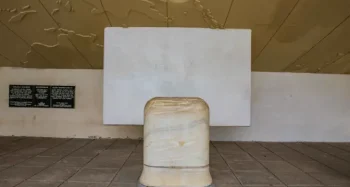
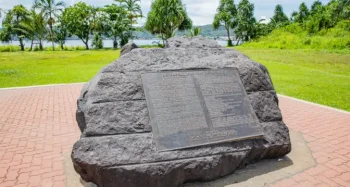
2. MONTEVIDEO MARU MEMORIAL
Near the waterfront in what was once downtown Rabaul (before the 1994 volcano eruption) sits a stone memorial to the victims of the “MV Montevideo Maru”, a Japanese prison ship that was sunk off the Philippines, killing approximately 845 prisoners of war and 209 civilians.
It marks the location where the ship was loaded with its prisoners of war before sailing for Japan. The sinking of the “Montevideo Maru” was the worst maritime disaster in Australian history. The memorial is a small yet significant reminder of the tragedy that occurred in 1942 and pays homage to those fallen prisoners of war and civilians on-board the MV Montevideo Maru when it sank.
3. JAPANESE WAR MEMORIAL
On a road above Rabaul is the Japanese War Memorial, which overlooks Simpson Harbor, once the sea anchor in the South Pacific of Japan’s invincible navy. The Japanese Memorial Monument is built on ash-covered Namanula Hill and is the main Japanese World War II Memorial in the Pacific.
There is a hole in the structure that allows sunlight to fall on the simple stone shrine in the centre. There are altars, and various shrines, but what’s most memorable is the view of the harbor, surrounded on three sides by foreboding volcanic hills This monument serves as a memorial to those who sacrificed their lives in the islands and seas of the South Pacific during WWII and is dedicated as a symbol to world peace.
4. SUBMARINE BASE
This site serves as a historic reminder of how deadly the Japanese were during WWII. As Japan made Rabaul their headquarters during the war, they used a system of almost 100 kilometres of caves, tunnels, and lookouts to hide their tanks, hospitals, barges, artillery, ammunitions, and many more. And with a fleet of over 100,000 Japanese ships, aircrafts, and soldiers, they were able to cut off Australian soldiers from receiving any aid or supply from the United States.
The Submarine base serves as a truly remarkable historical reminder to how hard soldiers fought during the war and allows for people to catch a slight glimpse into the past thanks to perfectly preserved history.
5. NAMANULA HILL
Rabaul still remains a memory of Germany’s dominance and reach. Rabaul was a town planned and built by the Germans, and Namanula Hill was the site of the German Headquarters, built by the second colonial Governor of German New Guinea, Albert Hahl, who governed from 1902 to 1917. It was he who founded the town of Rabaul, establishing it as the capital of the German New Guinea colony.
Namanula Hill still stands to this day to represent the birth of Rabaul, and the formation of its township and administration. For even though Germany lost the territory of New Guinea, Namanula later became headquarters of New Guinea under Australian Colonial Administration from 1921-1944.
Recommended places to stay in East New Britain:
- Rapopo Plantation Resort
- Kokopo Beach Bungalows
- Gazelle International Hotel
- Kulau Lodge
Recommended tour guides in East New Britain:
- PNG Tour Guide
- Rabaul Historical Tours
- Rabaul Scenic Tours

